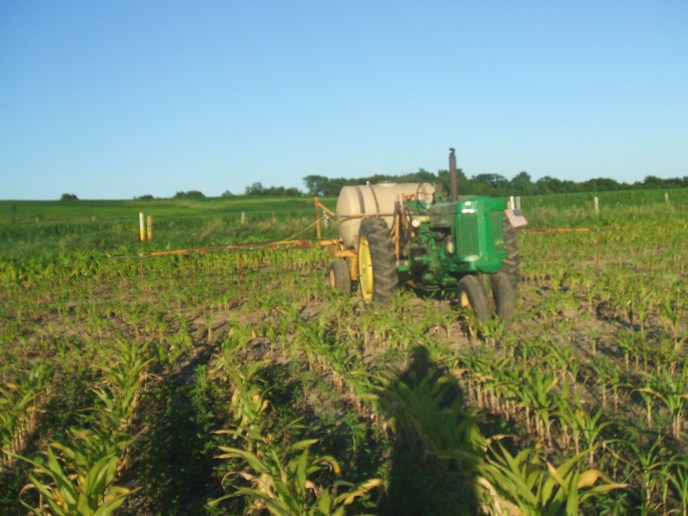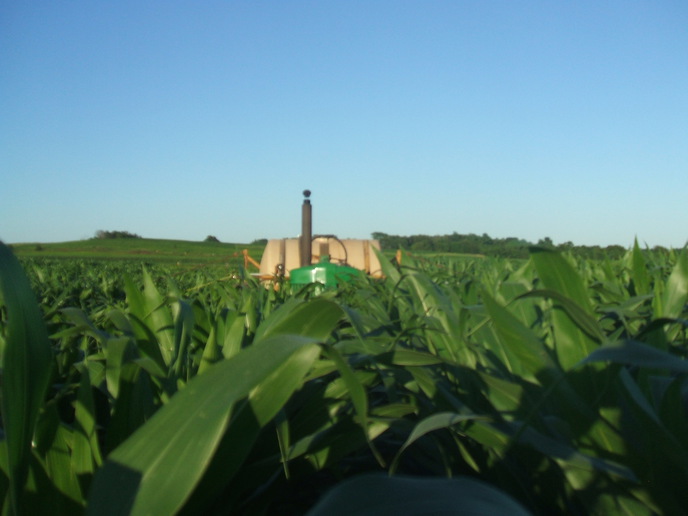Dave H (MI)
Well-known Member
Having decided against trying to use the dry boxes on the JD7000, I need to come up with a way to get urea in the ground where I grow corn. Why not stick with the tractor pulled spreader? Well, because the elevator owns them and they are auctioning them off in a month. The next closest elevator is 20+ miles away. I don't want to do that back and forth with my old trucks. I am going to try to bid on the spreaders at the elevator auction, but I am sure there will be a long line of bidders for those and I have a budget to work with. They have some parts units but I'm sure if they were economically fixable he would have done so. I am doing almost no grain in 2019. I made the decision to switch some acreage to grass hay last year and that turned out to be a pretty good choice. But I would like to keep growing corn in the future so I have to adapt. Near as I can tell I have all I need except a smallish bin and a way to spread inputs...urea being the big input. Assuming that I cannot outbid the bigger guys for the spreaders, any other ideas?



